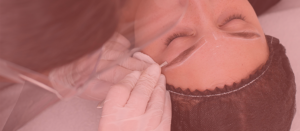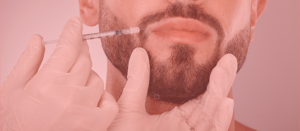
Add Your Heading Text Here
HAIR LOSING
REASONS OR CAUSES
- Thyroid
- Over the age of fifty
- Anemia due to iron deficiency
- skin diseases
- Lupus
- Weight loss
- Invalid care frequent
- Polycystic ovaries
- During the menstrual cycle
- Psychological distress
- Hair was frequently exposed to dye, smoothing and bleaching
- Cold and hot weather
- Bathing in salt water, especially in the Arab Gulf states
- Breast feeding
- Commercial materials used in showers with uncontrolled concentrations of PH shampoo and lotion gel
- GENETIC
- Trauma
- Alopecia
- Diet
- Childbirth
Hair transplantation is generally divided into three stages
- Picking or harvesting
- open channels
- Follicle cultivation
Sometimes it differs from one technology to another, or two stages are combined together according to several factors that we will talk about later Four days is sufficient, or five days sometimes, with an additional session as a residence in Istanbul for the operation Local anesthesia and sometimes it will be sedation to some people who suffer from pain phobia
STAGES 01
HARVESTING
◼ The hair transplant process, as we mentioned, takes place in three stages
- Of course, anesthesia is the stage prior to the entire operation, and preparation and sterilization are
- among the most important criteria for the operation
- Local anesthesia or sedation in some cases
◼ The hair transplant process, as we mentioned, takes place in three stages
The first stage is picking or harvesting It is carried out based on random and purposeful extraction, without affecting the area, or making it empty or subjected to trauma after the extraction.
Thus, the follicles are extracted and others are left to perform the replacement process later
◼The extraction device is a very sophisticated device, the micrometer, which performs
the process of pulling the follicles with extreme accuracy without disturbing or
sabotaging them.
◼ The amount of follicles taken is determined based on the initial evaluation of the
operation during the examination with the doctor
The harvesting process takes from an hour to an hour and a half and is uniform in all types
and techniques of hair transplantation somewhat. A liquid is injected before harvesting
so that the follicles float and come out, and therefore it is somewhat easy to harvest them

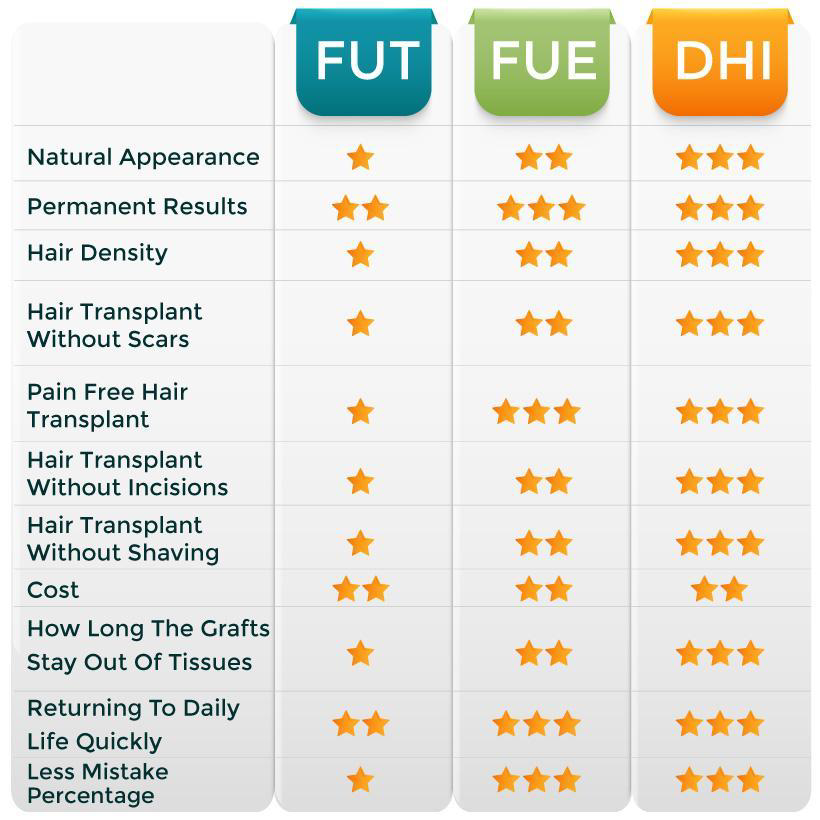
STAGES 02
OPENING CHANNELS
◼ It is the second stage of hair transplantation
◼ It can be separate as in the technique FUE that depends on opening channels through minor incisions in the scalp.
◼ Or to be integrated with the cultivation process, as in Choi pens DHI.
◼ And in the sapphire technique, it is separate, but the channels are opened through the sapphire stone, which is at the head of the channel opening device, and its importance is that it is a hard natural stone that does not cause any sensitivity to the head, and therefore the technique was named after it .
STAGES 03
IMPLANTATION
◼ Follicle cultivation
◼The process of inserting hair follicles into the scalp into the channels that were opened in the
previous stage
◼To be in a new place able to grow and nourish such as seeds inside the soil or inside the ground
◼ As we mentioned, it may be integrated with the stage of opening channels, as in a Choi pen , DHI or
separate, as in the technique of FUE
HAIR TRANSPLANT CANDIDATES AND CONTRAINDICATIONS
In general, every person who suffers from the problem of genetic baldness at any stage of this baldness or hair loss is a candidate for the transplant process, but within general conditions that can be summarized as follows
Some skin diseases are acceptable and some are rejected according to the situation, such as psoriasis, which is completely rejected.
As for vitiligo, it can be accepted if it is outside the head.
It must be noted to the patient that he will sleep on his stomach for two hours and also on his back … before coming
Because he may suffer from spinal pain or sensitivity in the chest, for example
- Age is above 22 due to genetic gene and its stability after this age approximately.
- The possibility of stopping the blood thinners before and after the operation
- In the event of a burn or wound, the area must be examined before the operation
- Heart diseases, some are rejected and others are accepted
- FASTING Morning diabetes less than 200MG/DL
- Allergies to some diseases and medications must be reported before the operation.
- Mental illness report before work
- Treatment with chemical doses is possible to transplant after one year suspension
- The patient must remain on all his medications, such as diabetes and blood pressure, except for what was mentioned in the suspension
- It is preferable for the patient to end any health problem related to hair loss before the operation so that the result is good
- Anemia and thrombocytopenia must be analyzed CBC TEST before
the operation
Each disease or condition that requires a report, the decision will be either rejection or acceptance based on the opinion of the hair transplant doctor
INSTRUCTIONS
MUST BE FOLLOWED BEFORE THE OPERATION
INSTRUCTIONS
MUST BE FOLLOWED AFTER THE OPERATION
- You must sleep on your back for 5 days using the medical Pad that we will provide you.
- Avoid bending, and lowering your head for 3 days after the operation ( for prayers, please pray as you are sitting, regular praying positions are prohibited ).
- Do not wear anything on the head for 20 days.
- Even when necessary, keep attention not to wear anything tight on your head ( Hat, Hijap, etc. ) no pressure is allowed on your scalp, ( if you use Hijap we will teach you how to wear it in a special way that will not harm the
implanted grafts ). - Do not take any drugs or substances that dilute the blood (alcohol – Green tea – Arabic coffee – soft drinks) for a week at least.
- Avoid scratching or rubbing the transplanted area.
- Follow-up the washing just as you will be instructed, for 10 days.
- Do not take a sauna ( Steam bath / Turkish bath ) for 15 days.
- Do not perform Light exercises for 20 days, and extreme sports for 3 months.
- No sexual intercourse for 3 days.
- You can cut your hair with scissors or a razor machine after 3 months of the operation.
- You can shave your hair with razor blades after one year of operation.
- You cannot dye your hair for 6 months after the operation.
- Do not use a hair dryer on the implanted area for a month
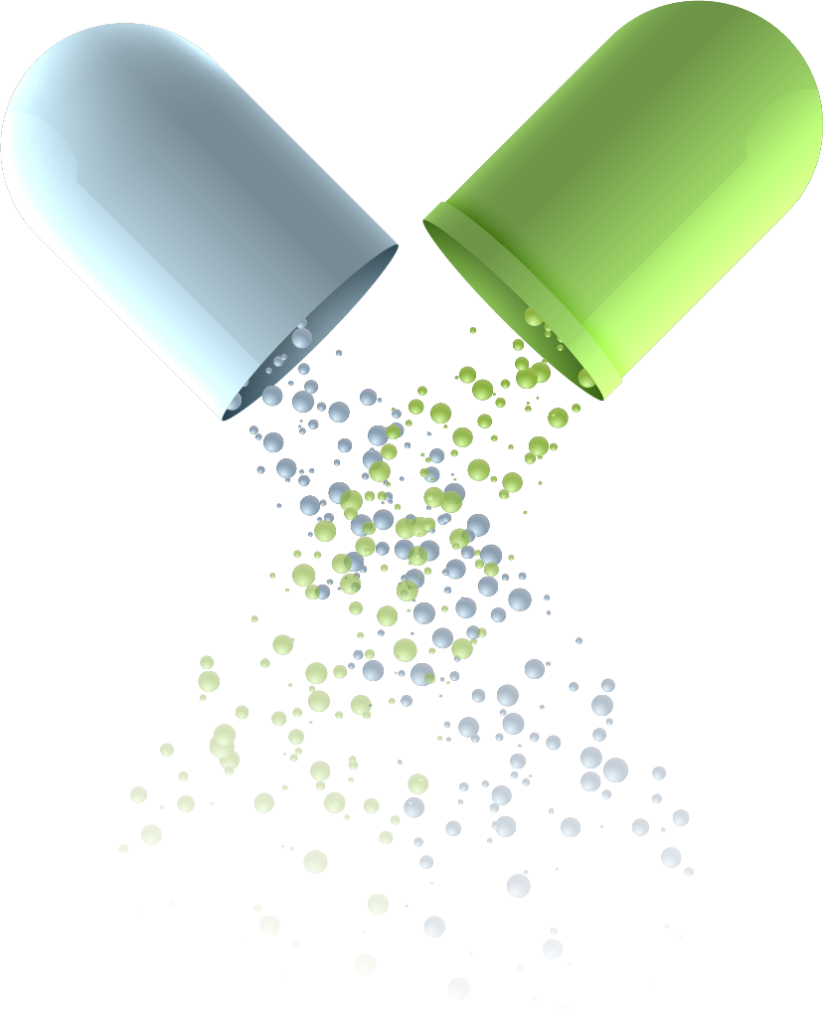
PHARMACEUTICAL
Medications after the operation depend on covering four things in all local anesthesia operations Medicines may change from one group to another sometimes
▪ The pain
▪ Edema
▪ Allergy
▪ Inflammation in general
- For pain, there is usually an NSAID, often possible from the Voltaren or ibuprofen group or others such as paracetamol, for example.
- For allergies, antihistamines or some mild corticosteroids
- For edema NSAIDs work well on edema and the best if it is large is surgam
- For the stomach, the stomach protector is usually pantoprazole, omeprazole, or other types of gastric preservation before giving medicines.
- Antibiotic Cipros or Augmentin, but often we need a broad spectrum group to work well on all types of aerobic and anaerobic bacteria.
If there is any type of allergy to any type of medication, the doctor must be informed so that the class or group of medications can be modified to another group
